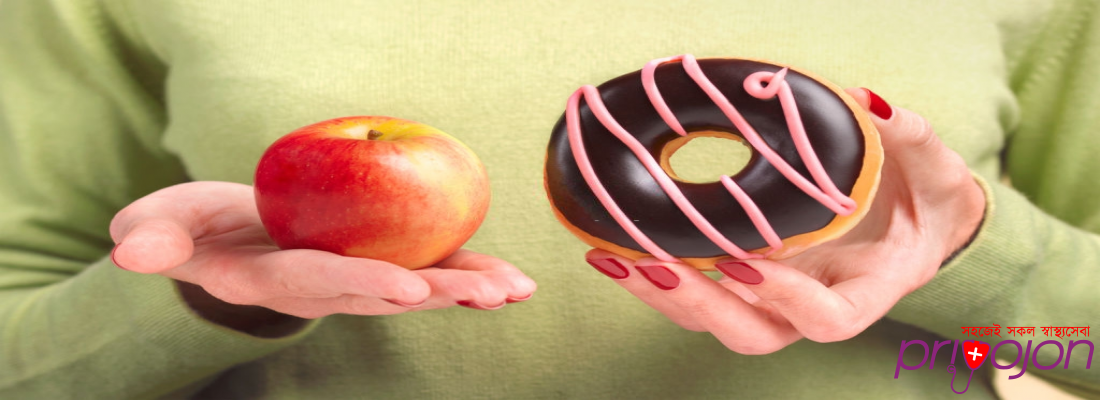Shared on 06-04-2020
Period Pain: Could It Be Endometriosis?
Period Pain: Could It Be Endometriosis?

No woman looks forward to “that time of the month.” Most of us deal with mood swings, bloating and cramps, which are never fun. But women with endometriosis often find getting a period particularly unbearable. For them, an average period is anything but average, with debilitating cramps.
During a typical menstrual cycle, the lining inside your uterus — the endometrium — builds up and is then shed. And, well, you know what happens then. In women with endometriosis, that lining grows outside the uterus, usually around the ovaries or beneath the uterus in an area called the posterior cul-de-sac. As it builds up and breaks down, it causes small amounts of bleeding inside the pelvis. This leads to pain, inflammation, swelling and scarring.
If you think you might have endometriosis, know that you aren’t alone. The condition affects hundreds of thousands of women every year. Even Lena Dunham, star of the television show Girls, brought widespread attention to this condition by talking about her own diagnosis and subsequent surgeries to correct it.
Watch Out for These Five Symptoms
Johns Hopkins gynecologist Mindy Christianson, M.D., says there are five common signs of endometriosis. Here’s what you should watch out for:
- Painful periods. Most of us have cramps during our periods, but women with endometriosis often have debilitating pain.
- Chronic pelvic pain. Sometimes women have chronic and severe pelvic pain even when they don’t have their periods, Christianson says. This can be due to prolonged disease and scarring.
- Painful intercourse. This common symptom, also known as dyspareunia, is due to endometriosis beneath the uterus. During penetration, women might have intense, localized pain.
- Ovarian cysts. These cysts, known as endometriomas, are another hallmark of endometriosis. They can become large and painful, and often need to be removed.
- Infertility. Infertility is defined as not conceiving within one year despite regular sexual intercourse without contraception. About 10 percent of women living with infertility have endometriosis. “This is the leading cause of infertility because it can cause scar tissue as well as damage and inflammation to the fallopian tubes, which are needed to conceive naturally,” Christianson explains. “Research also shows that endometriosis can affect egg quality and reduce the number of eggs in the body.”
The symptoms above aren’t exclusive to endometriosis, Christianson says. Painful periods don’t always point to endometriosis; sometimes they’re a separate condition known as dysmenorrhea. Pelvic pain can also be caused by scar tissue, previous infections or a history of appendicitis. Irritable or inflammatory bowel syndromes can also cause pelvic pain.
Diagnosing and Treating Endometriosis
If you have any of the above symptoms, see your gynecologist. Women with infertility might be referred to a reproductive endocrinologist or a fertility specialist. Some doctors also specialize in pelvic pain and endometriosis.
To confirm a diagnosis, your doctor will likely perform a minimally invasive laparoscopy. During this procedure, a thin, lighted tube will be put into a tiny abdominal incision. This allows your doctor to see your pelvic organs and take a small amount of tissue for biopsy to make a diagnosis.
Often, symptoms can be controlled with medications like birth control pills or leuprolide acetate. Both suppress the pituitary from releasing hormones that make endometriosis grow.
No woman looks forward to “that time of the month.” Most of us deal with mood swings, bloating and cramps, which are never fun. But women with endometriosis often find getting a period particularly unbearable. For them, an average period is anything but average, with debilitating cramps.
During a typical menstrual cycle, the lining inside your uterus — the endometrium — builds up and is then shed. And, well, you know what happens then. In women with endometriosis, that lining grows outside the uterus, usually around the ovaries or beneath the uterus in an area called the posterior cul-de-sac. As it builds up and breaks down, it causes small amounts of bleeding inside the pelvis. This leads to pain, inflammation, swelling and scarring.
If you think you might have endometriosis, know that you aren’t alone. The condition affects hundreds of thousands of women every year. Even Lena Dunham, star of the television show Girls, brought widespread attention to this condition by talking about her own diagnosis and subsequent surgeries to correct it.
Watch Out for These Five Symptoms
Johns Hopkins gynecologist Mindy Christianson, M.D., says there are five common signs of endometriosis. Here’s what you should watch out for:
- Painful periods. Most of us have cramps during our periods, but women with endometriosis often have debilitating pain.
- Chronic pelvic pain. Sometimes women have chronic and severe pelvic pain even when they don’t have their periods, Christianson says. This can be due to prolonged disease and scarring.
- Painful intercourse. This common symptom, also known as dyspareunia, is due to endometriosis beneath the uterus. During penetration, women might have intense, localized pain.
- Ovarian cysts. These cysts, known as endometriomas, are another hallmark of endometriosis. They can become large and painful, and often need to be removed.
- Infertility. Infertility is defined as not conceiving within one year despite regular sexual intercourse without contraception. About 10 percent of women living with infertility have endometriosis. “This is the leading cause of infertility because it can cause scar tissue as well as damage and inflammation to the fallopian tubes, which are needed to conceive naturally,” Christianson explains. “Research also shows that endometriosis can affect egg quality and reduce the number of eggs in the body.”
The symptoms above aren’t exclusive to endometriosis, Christianson says. Painful periods don’t always point to endometriosis; sometimes they’re a separate condition known as dysmenorrhea. Pelvic pain can also be caused by scar tissue, previous infections or a history of appendicitis. Irritable or inflammatory bowel syndromes can also cause pelvic pain.
Diagnosing and Treating Endometriosis
If you have any of the above symptoms, see your gynecologist. Women with infertility might be referred to a reproductive endocrinologist or a fertility specialist. Some doctors also specialize in pelvic pain and endometriosis.
To confirm a diagnosis, your doctor will likely perform a minimally invasive laparoscopy. During this procedure, a thin, lighted tube will be put into a tiny abdominal incision. This allows your doctor to see your pelvic organs and take a small amount of tissue for biopsy to make a diagnosis.
Often, symptoms can be controlled with medications like birth control pills or leuprolide acetate. Both suppress the pituitary from releasing hormones that make endometriosis grow.
Popular Health Tips
Ah, cholesterol and triglycerides. We hear about them all the time. Even foods that might seem good for you on the surface, like fruit-filled yogur...
The National Women's Health Information Center offers the following 10 things you can do to help live longer, live better, and live happier:
No woman looks forward to “that time of the month.” M...
What is Women’s Health?
The health problems of both men and women are nearly the same except for some gynecologica...
A recent study claims that environmental pollution may be a leading cause of infertility in many couples. In the ‘Environmental Hea...
Most women are in tune with the frequency of their menstrual cycl...
Medically reviewed by
Mrs Dr. Maherunnessa Masud
MBBS, DCH
15 Years of Experience
- Written by the Priyojon Editorial Team





